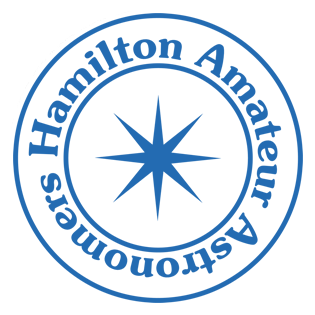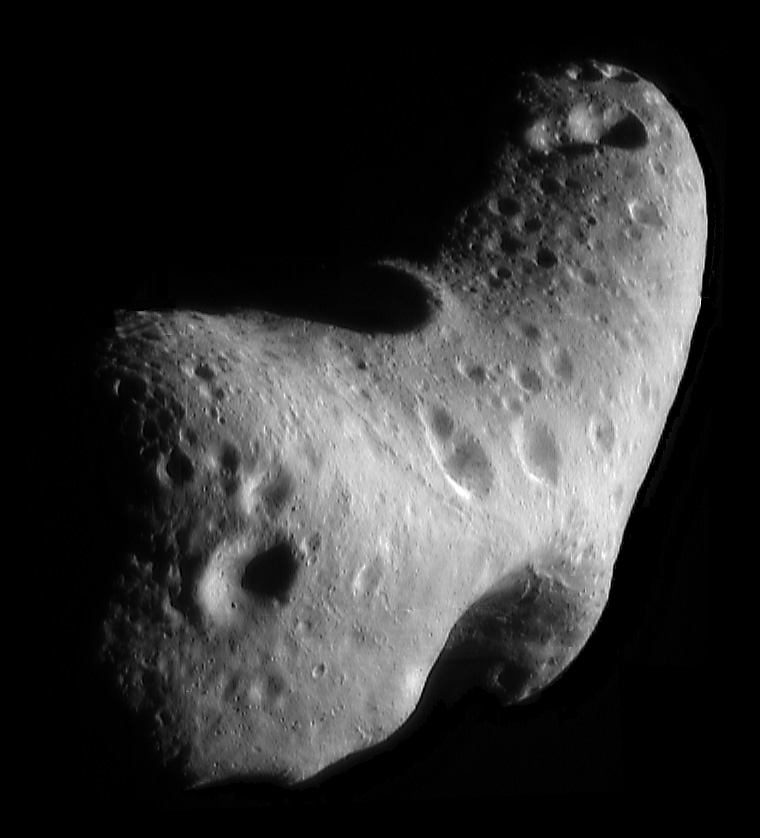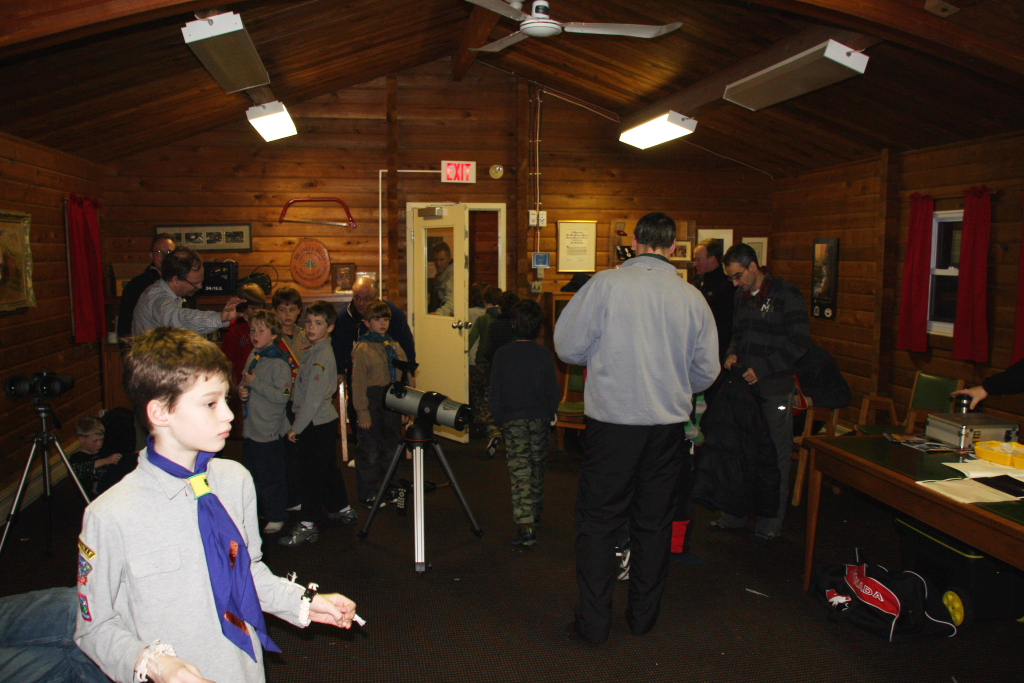The University of Toronto and the Dunlap Institute are sponsoring a FREE public talk on Thursday March 15, 2012 from 7pm to about 9pm.
Prof Victoria Kaspi from McGill will introduce pulsars, and show how astronomers are using them to study topics which range from the origins of the Universe to the very nature of matter.
University of Toronto – Earth Sciences Centre – Room 1050 (auditorium)
5 Bancroft Ave (near Spadina and College)
More info can be found at:
http://universe.utoronto.ca/special/hsh2012


